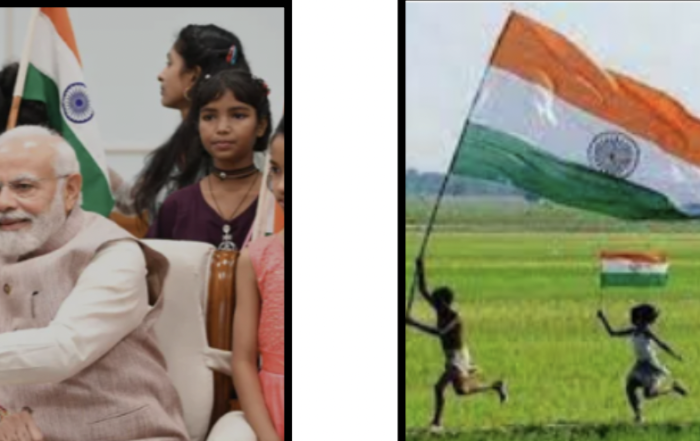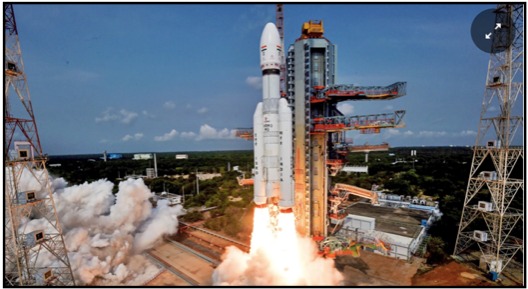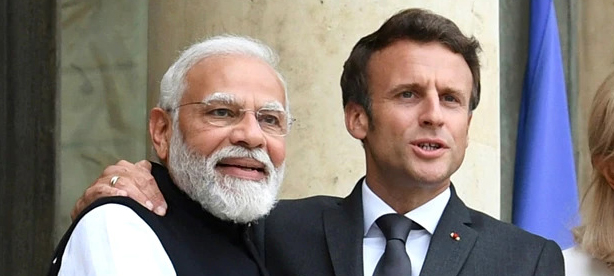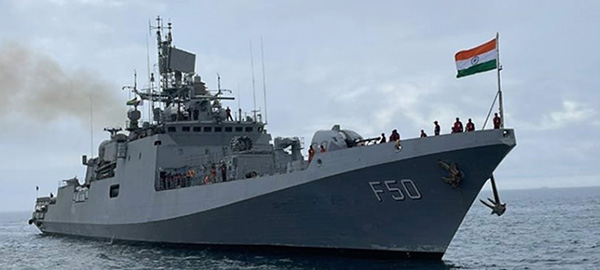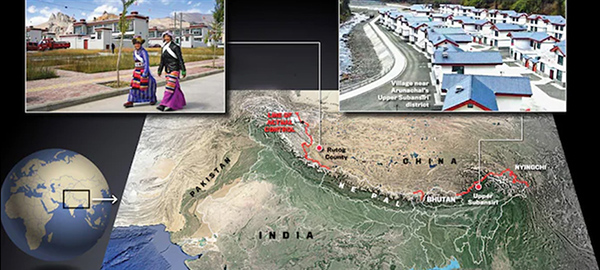
Success of Chandrayaan-3 Could Pave the Way India Becoming Space Superpower
The launch of Chandrayaan-3 took place on 14th July 2023, at 2:35 pm IST and lunar injection of 100 km circular polar orbit was completed successfully as part of phase one.
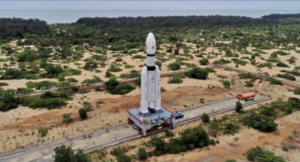
ISRO’s Photo
The spacecraft is equipped with a lander and a robotic rover that are tentatively scheduled soft landing on the moon on 23rd August or 24th August 2023 to map the lunar surface for about two weeks.

India’s Chandrayaan Missions
India’s lunar surface journey started with Chandrayaan-1 launched on October 22, 2008. The primary science objective of the mission was to prepare a three dimensional atlas of both near and far side of the Moon and to conduct chemical and mineralogical mapping of the entire lunar surface with high spatial resolution.
This first mission was extremely successful. It boosted India’s space program, as India used indigenous technology to explore the Moon. It made more than 3400 orbits around the moon and was operational for 312 days, until 28 August 2009, when radio contact with the spacecraft was lost.
Chandrayaan-1, was able to make discoveries related to the detection of water (H2O) and hydroxyl (OH) on the lunar surface. It also found ice in the North polar region of the Moon. Scientists termed the mission highly successful, as it had completed 95% of its primary objectives.
The second lunar exploration mission Chandrayaan-2 mission was launched on 22nd July 2019 for soft landing at south pole of moon for better understanding of the origin and evolution of the Moon by conducting detailed topographical studies, comprehensive mineralogical analyses, and a host of other experiments on the lunar surface.
After the successful launch in July 2019 this mission is only consider as partial success, because while the orbiter worked flawlessly and set itself up in an orbit around Moon. However, on 7th September 2019 while attempting for soft landing on southern pole of moon, its lander- Vikram and rover- Pragyaan, crash-landed on the far side of the Moon.
ISRO, has adopted a cost-effective approach for Chandryaan-3. It has decided to launch just a lander and a rover. It is utilising Chandrayaan-2’s orbiter for this going lunar mission.
The lander would have the capability to soft land at a specified lunar site and deploy the rover which will go on to perform in-situ chemical analysis of the lunar surface during the course of its mobility.
The lander would also carryout moon’s surface thermo-physical experiment to measure the thermal conductivity and temperature, along with the Instrument for Lunar seismic activity that will estimate the seismicity around the landing site, and a Langmuir Probe to calculate the plasma density and its variations.
The rover, on the other hand, will have the Alpha Particle X-ray Spectrometer and the Laser-Induced Breakdown Spectroscopy Instrument for deriving the elemental composition in the vicinity of the landing site.
The Elite Club Capability of Soft Landing on Moon
Till date only three countries— United States of America, Russia and China have been able to successful carried out
‘soft landing’ on the lunar surface at moon’s equator. In ‘soft landing’ vehicles touch down the surface without any damage.
The first spacecraft was of Russia (erstwhile USSR) Luna 9, soft landed on moon on 3rd February 1966. USA’s Surveyor 1 landed on 2nd June 1966. China’s Chang’e 3 landed on 14th December 2013.
With Chandrayaan-3 soft landing is being contemplated on 23rd August or 24th August 2023 at the South Pole of the moon which no other country has tried. India would join the elite club capability of soft landing on moon and first country to land near its little-explored south pole in second attempt.
A successful landing will be a decisive moment for India. It will not only give the country an edge in the space exploration race but also contribute to the economy.




